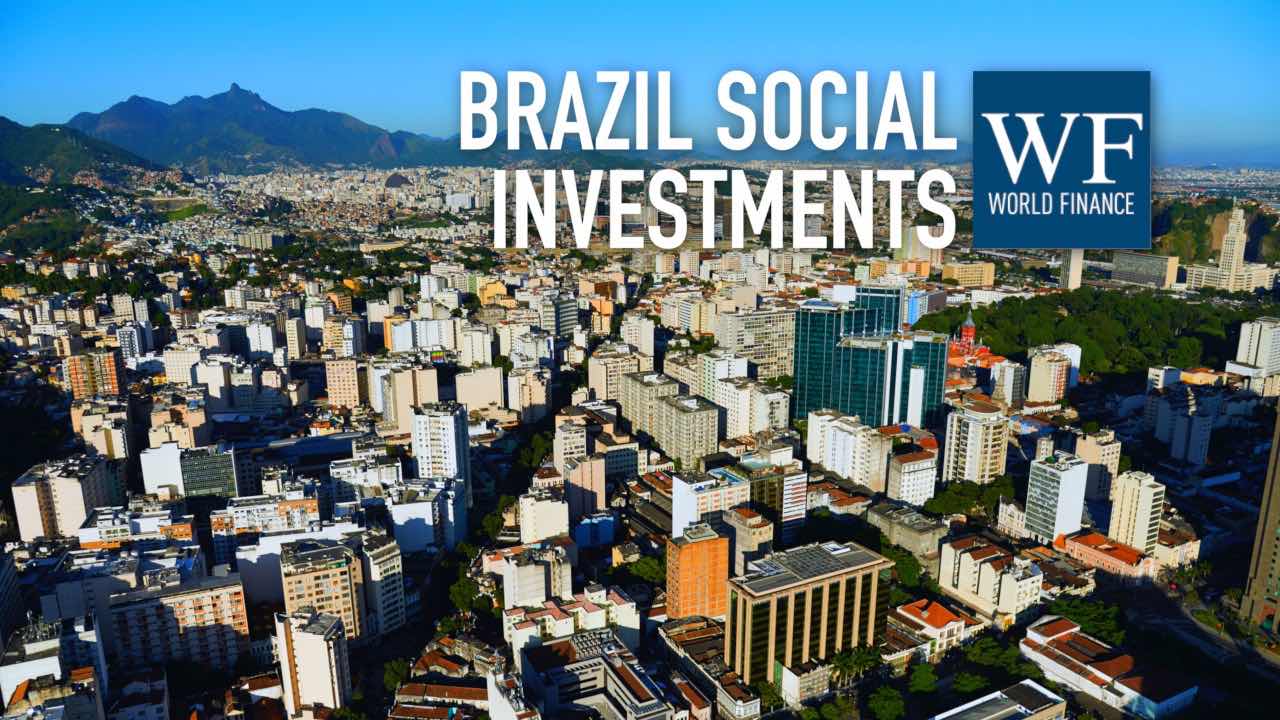Dr Kamal Munir on whether people’s confidence in microfinance can ever be restored | Video
World Finance interviews Dr Kamal Munir on whether people's confidence in microfinance can be restored
Related:
Transcript
Microfinance was once considered a revolutionary tool, that would end poverty and empower communities. But tales of borrower suicides and the exploitation of the poor have tainted its image. Dr Kamal Munir from Cambridge Judge Business School, a lead professor of social change and stability, discusses why microfinance is disappointing the developing world and whether there’s a better alternative to it for the world’s poor.
World Finance: Well Dr Munir, there were such high hopes for microfinance. But five years on, why is it said to have disappointed the developing world?
Dr Kamal Munir: So how did we get from the ultimate panacea for global poverty alleviation, to what we see now? I think at least three things happened. As we scaled up and donor money dried up, more private capital came in, looking for returns on this. Now, it is one thing to engage in rhetoric suggesting that everyone, all poor women in the world, are entrepreneurs, but quite another to actually make them so. The mortality rate among small businesses is particularly high, so it was never really going to succeed. So one thing was, during scaling up, as subsidies went away, as operations got bigger, the whole thing simply transformed into what we call minimalist microfinance. Another thing was mission drift. Very quickly, people realised that the poorest were not always the most credit-worth people, so they shifted from the poorest to what they call poor. So the average loan size in this industry has been gradually going up.
The mortality rate among small businesses is particularly high, so it was never going to succeed
World Finance: Microfinance has received a lot of criticism for imposing debt, with some people even going as far as to say that some institutions are profiting from the ignorance of the poor. Well surely this is just about institutions profiting from some of the world’s poorest people?
Dr Kamal Munir: The majority if the assets that are being held in this industry are being held by banks now, who are looking for profits. The costs do tend to be high. If you are going to give out a loan to let’s say 10 people, and the loan size is £100,000 each, you only have 10 people to process. Now you could be dividing that amongst 1000 people, then the processing costs goes up. So the operational costs in microfinance do tend to be high. But still, they should not more than 10-15 percent of the cost of funds. What we see is much more than that, which actually falls into loansharking, which means that we are in the territory where people are making profits off the back of the poorest, the most vulnerable, needy people in society.
World Finance: One of the most contentious areas of microfinance is the level of interest on the loans as we just spoke about, so what happens if they can’t pay?
Dr Kamal Munir: What is supposed to happen is that they will be denied a loan in the next cycle, or there will be peer pressure exerted by the group, because it’s all based on group lending. What happens is, in order to escape that kind of pressure, in order to retain my social capital, I will try to go out and borrow from the village feudal lord, or the money lender, or somebody else in the village, and what often happens is that slowly I will exhaust all the different sources from whom I can borrow, or I will borrow on a short term basis from someone at very high interest rates, and I will get into a vicious cycle of debt.
[P]eople realised that the poorest were not always the most credit-worth people, so they shifted from the poorest to what they call poor
World Finance: Do you think that microfinance concept then can be revisited to work better?
Dr Kamal Munir: If we are looking for poverty alleviation, we should know that so far the impact on poverty has been zero, off microfinance. And secondly, where poverty has been alleviated, has it been alleviated because of the success of microfinance, or has it been alleviated because of other reasons? So, for example, the alternative could be job creation. Countries that have pulled themselves out of poverty have done so by industrialising, by creating jobs, and the logic is simple to grasp. Because let’s say I give out one loan of £100,000 to one person, who sets up a stitching centre, or a factory to make garments, and employs 500 women there as stitchers. On the other hand, I give out loans of $200 each to let’s say 500 women. Now, which venture do you think has a higher probability of success?
World Finance: Well finally, are there better alternative to microfinance for the world’s poor?
Dr Kamal Munir: Micro-enterprises normally are businesses that help somebody survive, if that. And they do not generate employment, and they don’t produce enough returned earning which can be reinvested in the business and the business can be grown. So I think we would be much better off focusing on small and medium size enterprises.
World Finance: Dr Munir, thank you.
Dr Kamal Munir: Thank you very much.

 Empresta Capital adopts SPM standards to gauge social investment impact
Empresta Capital adopts SPM standards to gauge social investment impact
